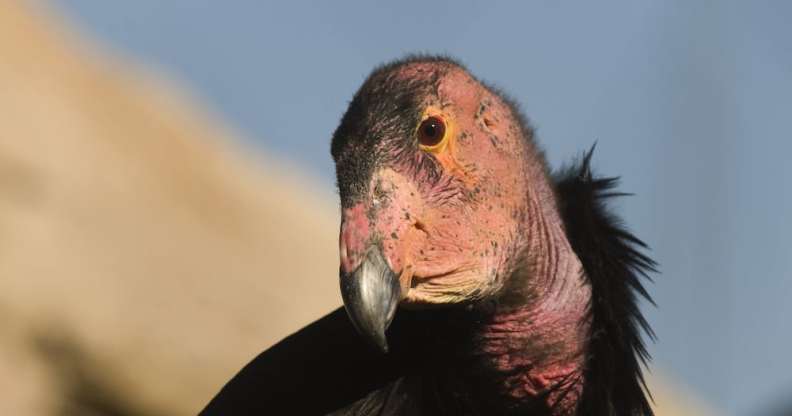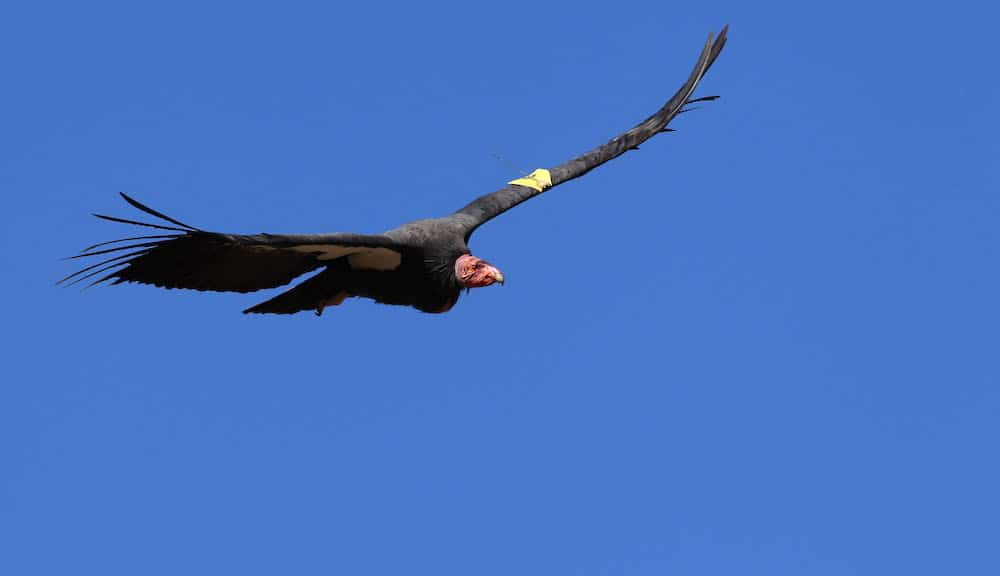Female California condors can have chicks without male mates, according to science

A California Condor. (Getty)
Scientists have discovered that female California condors, the largest flying birds in North America, can produce chicks without the help of a male.
The birds, which have a wingspan of around 10 feet, are able to reproduce via a natural phenomenon known as parthenogenesis, a word which comes from the Greek for “virgin birth”.
It has very rarely been seen in birds, but is seen in some fish, amphibians and reptiles.
Oliver Ryder, the director of conservation genetics for the San Diego Zoo Wildlife Alliance, told The Guardian that it was a “eureka moment” when researchers realised two chicks had hatched from unfertilised eggs.
Ryder said: “Many scientists have experiences like this when they see the world in a way they haven’t seen before. I was really pleased to figure out something that was such a conundrum.”
This “conundrum” began in the 1980s, when condors had reached the brink of extinction, and San Diego Zoo needed to record the sex of the 22 remaining wild condors and test their DNA to prevent inbreeding for breeding programmes in captivity.
This turned into a DNA testing programme of the now 900 California condors, but two cases stood out where chicks had no DNA from their presumed fathers.
The findings raised suspicions, and we confirmed with the birth of the two new chicks from unfertilised eggs.

California condors have a wingspan of 10 feet. (Getty)
Ryder, who co-authored a study on the discovery, told Advocate: “We were not exactly looking for evidence of parthenogenesis, it just hit us in the face.
We only confirmed it because of the normal genetic studies we do to prove parentage.
“Our results showed that both eggs possessed the expected male ZZ sex chromosomes, but all markers were only inherited from their dams [female condors], verifying our findings.”
But Ryder believes these findings could stretch further than the condors themselves, and that parthenogenesis could be happening in other species.
“Think about it,” he told The Guardian. “The cases where we do know about it, it’s overwhelmingly where animals are managed in a way where females don’t have access to males.
“It was only because we had these detailed genetic profiles of the condor which were developed in response to the need for managing generic diversity that we discovered this.”

